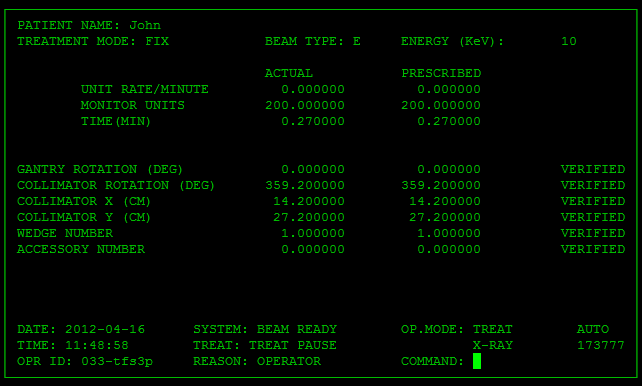Overview
In this supplemental lecture, we discuss how synchronization relates to organizing time.
Programming organizes state
- A function’s local variables are isolated from the rest of the program
- Process memory is isolated from the rest of the system
- Isolation helps organize state (values, memory)
- Prevents interference and bugs
- Imagine programming only in assembly!
Complete isolation is useless, overisolation is inefficient
- Software’s purpose is to interact with the world through input and output
- Input and output can be slow
- What should a computer do while one process is waiting for input and output?
- “Nothing” is the safest response
- But that wastes computing resources (and power, money)
- Answer: Run other software
- OS runs other processes
- Within a process, run other threads
Multithreaded programming must organize time
- Multiprocessing lets two or more processes access the same environment
- Multithreading lets two or more logical threads of control access the same memory state
- Simultaneous accesses to the same state can conflict
- Bad schedules (access orders) can block threads forever
- Synchronization is the art of organizing time to prevent conflicts and comatose threads
Thanksgiving example
- I made a Brussels sprout dish in my brother’s kitchen

- Usually one roasts Brussels sprouts
- In this dish, you separate all the leaves first
- That takes an hour

- Meanwhile, my mother is trying to help by cleaning up garbage
Our procedures
| Me | Marilyn |
|---|---|
|
|
Conflict 1: Data race
- Two threads access normal memory simultaneously, and at least one access is a write
- Result: Undefined behavior
- Example:
incr-basic - Solution: Atomic access with
std::atomicor mutual exclusion (below) - Detect issue with thread sanitizer
Conflict 2: Invariant-violating conflicts
- A thread assumes a value does not change, but it does change because of concurrent access
- Result: Incorrect computation
- Example:
incr-atomicbad - Solution: Mutual exclusion
Horrifying real-world example of invariant-violating conflict

Mutual exclusion and locks
- Mutual exclusion holds when only one thread can access a certain part of memory at a time
- Mutual exclusion can avoid data races and invariant-violating conflicts
- How to enforce it?
Mutual exclusion synchronization objects
- Atomic effect can be modeled as exclusion
- One thread of control (CPU or process thread) gains temporary exclusive access to some data
- Atomic instructions and atomic data types provide inexpensive exclusion, but to tiny data chunks (e.g., single integers)
- Synchronization objects are higher-level concepts that help implement exclusion on larger or more complex data types
Lock interface
- A (mutual exclusion) lock is a synchronization object with two methods,
lock(also known as acquire) andunlock(also known as release) - C++ datatype:
std::mutex - Underlying state: the lock owner (which is a thread ID)
- Operation of
m.lock()- Block until no lock owner, then atomically assign owner to self
- Operation of
m.unlock()- Assert that lock owner is self, then clear owner
incr-mutex.cc
std::scoped_lock
- Acquire a mutex (or several mutexes) for a block of code
- Automatically releases the mutex when the block exits
incr-scopedlock.cc
Question
- How can we implement a mutex?
Compare-exchange (compare-and-swap)
bool atomic<T>::compare_exchange_weak(T& expected, T desired)
incr-spinlock.cc
- The
spinlockversion polls - The
mutexversion blocks